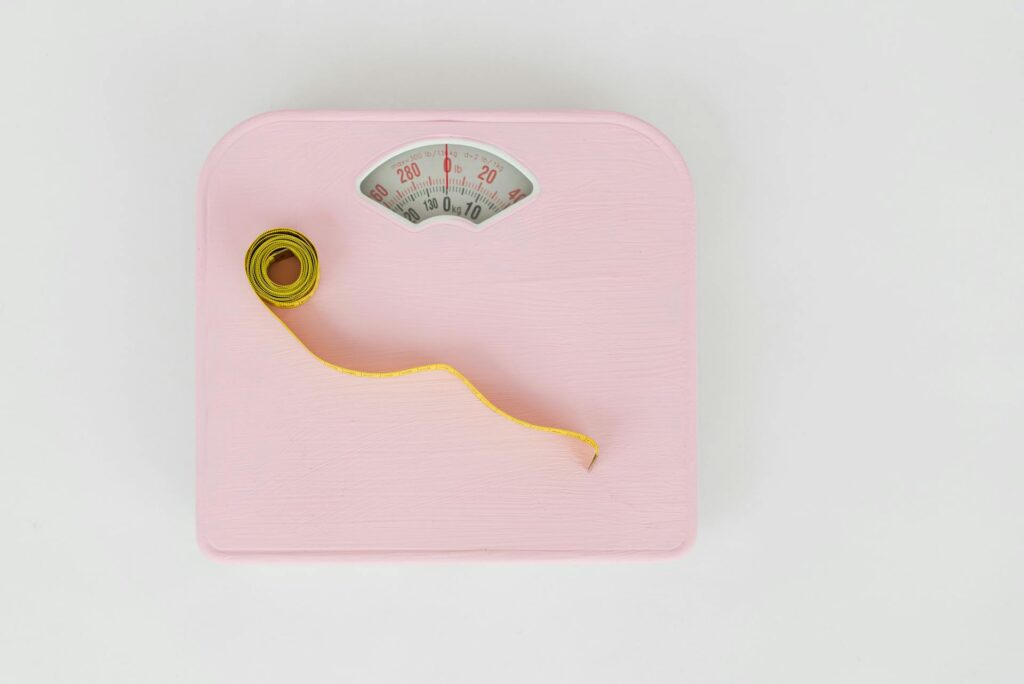GLP-1 vs GLP-1 and GIP – if you’re reading this, you’re probably tired of the endless cycle of diets that don’t work. These two names keep popping up everywhere, and for good reason. They’re not your typical “miracle pill” nonsense.
These are actual HPRA-approved medications that are changing how we approach weight loss. But here’s the thing – just because they’re both weight loss injections doesn’t mean they’re the same. One might work better for you than the other.
The Rise of Weight Loss Medications
For decades, we had virtually nothing that actually worked for weight loss beyond “eat less, move more.” Then GLP-1 medications hit the scene. Suddenly, people were losing 15-20% of their body weight consistently.
Not just a few lucky individuals – entire clinical trials full of people. The pharmaceutical industry took notice. Now we have multiple options, with GLP-1 and GLP-1 and GIP leading the pack.
GLP-1 vs GLP-1 and GIP: Quick Comparison
| Factor | GLP-1 | GLP-1 and GIP |
| HPRA Approval | Weight loss (2021) | Type 2 diabetes (2022) |
| Mechanism | GLP-1 receptor agonist | GLP-1 + GIP dual agonist |
| Average Weight Loss | 15-17% | 20-22% |
| Injection Frequency | Weekly | Weekly |
| Starting Dose | 0.25mg | 2.5mg |
| Insurance Coverage | Limited | Better (for diabetes) |
What Each Medication Is Actually Approved For
GLP-1: The Weight Loss Specialist
GLP-1 got HPRA approval specifically for chronic weight management. Here’s who can get it: Adults with BMI of 30 or higher (obese), or adults with BMI of 27 or higher (overweight) plus weight-related health conditions.
The conditions that qualify you for our online service include high blood pressure and high cholesterol – This means GLP-1 is the only one of these two medications specifically designed and approved for weight loss.
How These Medications Actually Work
Understanding the mechanism matters because it explains why results differ between the two medications. Both work by mimicking hormones that control appetite and blood sugar, but they target different pathways.
GLP-1: The Single-Target Approach
GLP-1 contains semaglutide, which mimics a hormone called GLP-1. It slows gastric emptying so food stays in your stomach longer, reduces appetite so you feel full sooner, affects brain signals to reduce food cravings, and improves insulin sensitivity.
Think of it as a focused approach – one hormone, multiple effects. It’s like having one really skilled worker handling several important tasks efficiently.
GLP-1 and GIP: The Dual-Action System
GLP-1 and GIP contains tirzepatide, which targets two hormones: GLP-1 and GIP. This dual action means it does everything GLP-1 does, plus GIP receptor activation enhances insulin response and improves fat metabolism.
Think of it this way: GLP-1 is like having one really good worker, while GLP-1 and GIP is like having two good workers who complement each other. The dual mechanism seems more effective for most people.
Weight Loss Results: What the Numbers Actually Show

GLP-1 Clinical Results
The STEP trials showed average weight loss of 14.9% over 68 weeks. 83.5% of participants lost 5% or more of their body weight, 66.1% lost 10% or more, and 48.1% lost 15% or more.
These are impressive numbers that represent real, sustained weight loss. The key is that these results were maintained throughout the study period, not just initial water weight loss.
GLP-1 and GIP Clinical Results
The SURMOUNT-1 trial showed even more impressive results. Average weight loss was 20.9% at the highest dose (15mg), with 91% of participants losing 5% or more, 80% losing 10% or more, and 57% losing 20% or more.
To put this in perspective, 20% weight loss for someone who weighs 200 pounds means losing 40 pounds and keeping it off. These numbers are genuinely groundbreaking in obesity medicine.
What This Means for You
Based on the data, GLP-1 and GIP appears more effective for weight loss on average. But these are averages, and your results depend on your starting weight, how well you tolerate the medication, and your individual metabolism.
Some people respond better to GLP-1, others to GLP-1 and GIP. There’s no way to predict which camp you’ll fall into without trying.
Side Effects: The Reality Check
Both medications come with side effects, and I’m not going to sugarcoat this. Most are gastrointestinal, and most improve over time, but you need to know what you’re potentially signing up for.
Common Side Effects (Both Medications)
The mild to moderate side effects include nausea (most common), vomiting, diarrhoea, constipation, abdominal pain, heartburn, and fatigue. The good news is these typically decrease after 4-8 weeks as your body adjusts.
Most people find the nausea manageable, especially if they start with smaller meals and avoid fatty foods. The key is patience – your body needs time to adapt.
Serious Side Effects to Watch For
Pancreatitis: Severe abdominal pain, nausea and vomiting, pain that radiates to your back. Gallbladder problems: Severe upper abdominal pain, yellowing of skin or eyes, clay-coloured stools.
Kidney problems: Changes in urination, swelling in legs or feet, persistent fatigue.
These serious side effects are rare, but they’re why regular monitoring with your doctor is essential. Don’t ignore persistent or severe symptoms.
Who Shouldn’t Take These Medications
You absolutely cannot take these medications if you have a personal or family history of medullary thyroid carcinoma, Multiple Endocrine Neoplasia syndrome type 2, severe kidney disease, or if you’re pregnant or breastfeeding.
Do not take this medication if you have a history of pancreatitis, severe gastroparesis, or active gallbladder disease.
Switching Between Medications
Sometimes you can switch from one medication to the other due to side effects or effectiveness plateaus.
You can switch between medications, but it requires stopping the current medicines, starting the new one at the lowest dose, and following the standard escalation schedule.
Never use both medications together – the risk of severe side effects makes combination therapy dangerous.
Which Medication Is Right for You?
Choose GLP-1 If:
You have established cardiovascular disease (proven heart benefits), prefer the medication specifically approved for weight loss.
Choose GLP-1 and GIP If:
You want maximum weight loss potential (higher average results),
Key Factors to Consider
Your doctor will evaluate your medical history, personal factors (such as weight loss goals, side effect tolerance, and insurance situation), and your current medications.
Don’t try to figure this out alone – these are serious medications that require professional guidance for safe and effective use.
The Bottom Line
Both GLP-1 and GLP-1 and GIP are game-changers in weight management, but neither is a magic bullet. They work best when combined with lifestyle changes and require long-term commitment.
GLP-1 and GIP appear more effective for weight loss based on current data. Your response may favour one over the other regardless of average results.
Cost might decide for you. The most important thing is working with a healthcare provider who understands these medications and can monitor you safely.
Frequently Asked Questions (FAQs)
1. How quickly will I see results with GLP-1 vs GLP-1 and GIP?
Most people start seeing weight loss within 4-6 weeks with both medications. GLP-1 typically produces gradual, steady weight loss that peaks around month 6-8, while GLP-1 and GIP often shows faster initial weight loss with continued progress through month 12.
Results build over time rather than happening overnight. The best long-term results come from combining the medication with sustainable lifestyle changes.
2. What happens if I stop taking the medication?
Most people regain weight when they stop these medications. Studies show that weight regain typically begins within 4-8 weeks, and most people regain 50-70% of lost weight within a year.
This doesn’t mean the medication “stopped working” – these medications treat obesity as a chronic condition that requires ongoing treatment for most people.
3. Can I drink alcohol while taking these medications?
Yes, but with caution. Watch for increased nausea, blood sugar changes, and delayed gastric emptying. Many people find their alcohol tolerance changes significantly on these medications.
Start with small amounts and see how you feel. You might feel the effects more quickly and intensely than before.
4. Will my insurance cover these medications for weight loss?
No, you would need to visit your primary GP to discuss this and receive approval.




